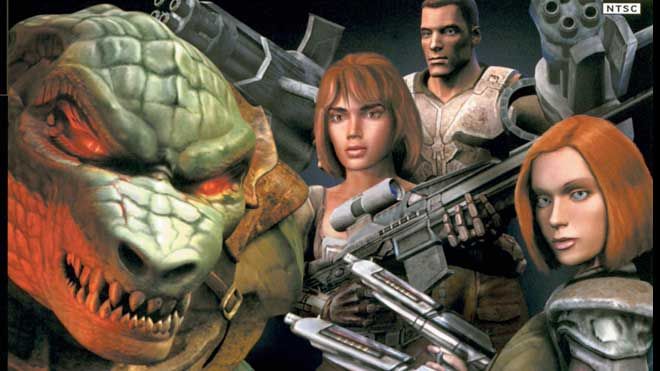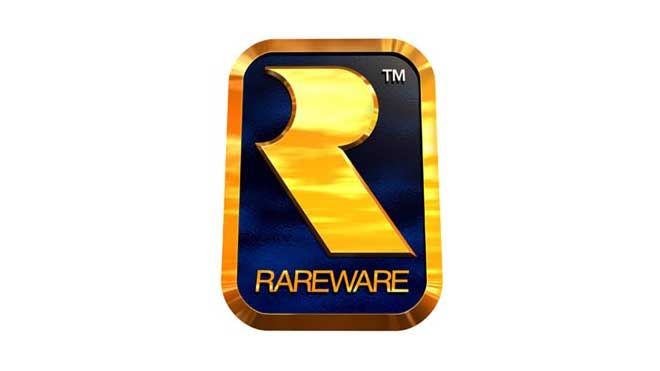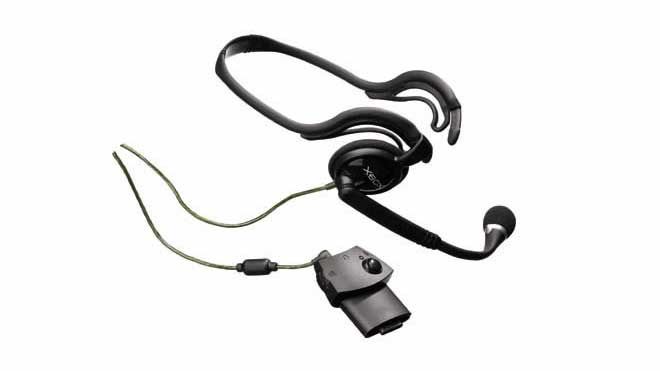THE WORST

Those Darn Thomson Drives!
With North America granted Xbox exclusivity for the first few months of its life, virtually all of the first lines of the console were produced in Flextronics’ factory in Mexico with Thomson DVD optical drives. The line diversified with Samsung and Philips drives as they began to be produced around the world for the European and Japanese launches, but it wasn’t long before the ghosts in those original machines began to play unfairly. Within two years, a rash of Xboxes began to stop reading discs, including my own launch hardware, in a kerfuffle that mirrored the early days of the Xbox 360’s red lights debacle years later. While it never got to desperate proportions like that did, moving game saves was an incredible inconvenience with the miniature memory cards available at the time (some games were unable to move over at all because of their size, like KOTOR). It’s unfortunate that Microsoft wouldn’t quite learn how to stress test their consoles.

A Middling First-Party Lineup
I originally fell in love with the Xbox for its self-published games, which are designed to show off the capabilities of the console. Unfortunately, while Ed Fries had brought many hits to the PC and the Xbox, he also brought in a lot of titles that were pretty awful, including some genuinely awful games for the Japanese market. While the earliest days brought us Halo and Amped, it also brought us generic platformers like Azurik: Rise of Perathia and the unenjoyable and presentation-free shooter Blood Wake. That first year also brought us the inadequate fighter Tao Feng, time-travelling experiment Blinx: The Time Sweeper. Shane Kim eventually replaced Ed Fries and cut off many of those extraneous titles, but not before we saw the release of the dreadfully average Voodoo Vince, Digital Anvil’s Brute Force (which was hyped by the Official Xbox Magazine as a ‘Halo-killer’, but was anything other), and Grabbed by the Ghoulies by former superstar Rare. Speaking of which…
 Rare
Rare
A former shining gem of Nintendo’s lineup, Microsoft snatched up Rare Ltd. in 2002 for almost $400 million dollars. Yes, $400 million. In his attempt to appeal to a wider audience, Fries wanted to use Rare as his first step to a more family-friendly Xbox experience, despite the console’s obviously imposing design. Unfortunately, it seems that the ghost had left the developer on purchase, or as some would argue, years before that. In brighter years, the British developer brought us Donkey Kong Country for the Super Nintendo, Conker and Banjo-Kazooie for the N64, and even Starfox Adventures, their only game for the Gamecube. It took them quite some time to settle into the Xbox’s hardware, only releasing the stylish-but-average action-platformer Grabbed by the Ghoulies that sent you around a haunted mansion, and the far more favorable remake of their N64 game Conker: Live and Reloaded. Even with the Xbox 360, their output failed to win hearts or minds as their games floundered. Eventually the studio was reconfigured to work on Xbox avatars and Kinect titles. The investment made a bit more sense years later, but their output on the Xbox was hardly worth the sticker price.

That Darn Xbox Communicator!
Before coming up with the universal, over-the-head design that worked so well on the Xbox 360, Microsoft adopted a headset design that was initially favorable and ultimately despicable. Using a street-style frame that I loved at the time, the guys at Xbox accommodated players who wanted either left or right-eared headsets with an earpiece that snapped onto either side of the frame. Unfortunately the clip that secured the earpiece to the frame was especially delicate, causing it to snap under the slightest tension, rendering the entire headset useless. On top of that, individual headsets weren’t sold for the longest time, forcing some desperate repair tactics, especially on my part. Plenty of tape and glue was wasted fixing Microsoft’s error.
> Continue on to Part 5 – Legacy






Don't Keep This a
Secret, Share It